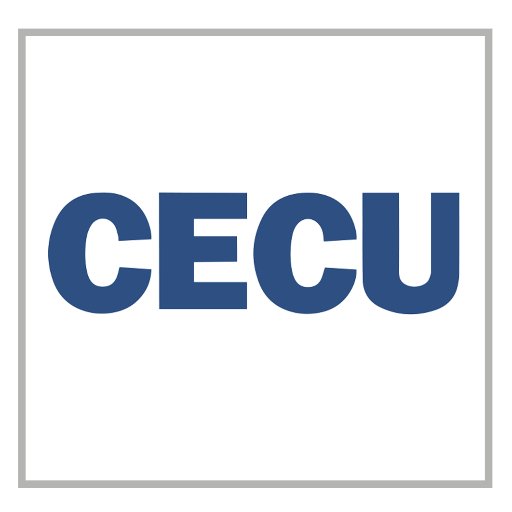
CECU Unveils Road Map to Modernize & Directly Connect Higher Education Act to Jobs
5/22/2017
Association Offers the Most Comprehensive, First-of-its-Kind Proposal to Connect the HEA to Jobs – Effort Underway to Convert Recommendations into Two Separate Bipartisan Bills
May 22, 2017 – WASHINGTON, D.C. – Career Education Colleges and Universities (CECU) today unveiled a set of landmark proposals to modernize and directly connect the Higher Education Act to jobs. The recommendations seek to update the Higher Education Act in ways that speak to both today’s college students and their specific career needs. CECU is working to convert the recommendations into two significant pieces of bipartisan legislation – a higher education jobs bill and a bill to modernize postsecondary education.
“Today, the Higher Education Act is positioned as the workforce preparation program at the federal level,” said Steve Gunderson, president of CECU. “As more and more jobs require some level of postsecondary education, we must modernize the Act in ways that equips students with the career skills needed in today’s 21st century workplace.”
According to the Bureau of Labor Statistics, the United States will need 46.5 million new workers by 2024 to fill new jobs and replace scores of retirees. 65 percent of all replacement jobs and 85 percent of all new jobs will require some level of postsecondary education. Job training leads to job growth, and training and career education is not only critical to fulfilling the nation’s workforce needs, it is key to fueling economic growth.
CECU’s set of recommendations for HEA reauthorization reflect the most comprehensive proposal ever advanced by the sector. Built from the work of over 70 education specialists throughout postsecondary education, the association is advancing over 40 recommendations to improve and modernize the Higher Education Act. The primary mission is to directly link federal programs to current job skill demands.
DIRECTLY CONNECTING THE HEA TO JOBS
Among the innovative ideas to directly connect the Higher Education Act to jobs, CECU proposes:
- A new Workforce Pell Grant
- A common set of outcome metrics for all schools’ career programs
- Converting the Gainful Employment rule into an informational metric for all career programs at all schools
- A revised Ability-to-Benefit program
- Connecting apprenticeship to academic credit
- Enhancing transfer of credit among schools
- Connecting Work Study to a student’s career studies
- Universal income-based repayment
- Recognition of and access to credentials
- Supporting students attending at-risk institutions
For more information on the jobs proposals, please click here.
MODERNIZING THE HEA FOR THE 21ST CENTURY
Among the innovative ideas to modernize the Higher Education Act, CECU proposes:
- Establishing one set of rules for all schools
- Protecting students and schools through a statutory Borrower Defense to Repayment
- Restoring due process for schools in dealing with the Department of Education
- Electronic distribution of financial aid to students
- Recognizing all students, not just first-time, full-time freshmen in calculating outcomes, and other metrics
For more information on the modernization proposals, please click here.
Gunderson continued, “By 2024, America will need 46.5 million new workers. Most of these workers will seek jobs requiring some level of postsecondary career education. We must modernize HEA to meet this demand, and we must do so now. And our students from all backgrounds in every community will be better positioned for career success.”
The nation’s voice for postsecondary career education has been at the forefront of policy solutions to prepare millions of Americans to meet growing workforce demands. In 2016, the sector launched the “Campaign to Produce 5 Million New Career Professionals” over the next ten years. Modernizing current policies and directly connecting HEA reauthorization to jobs will help achieve and exceed the campaign’s goals.
Among CECU’s many bold new ideas that prioritize the interests of students is ensuring the Department of Education’s support of students attending at-risk institutions. Our schools will provide institutional funding to enable the Department to support and prioritize the educational needs of students attending troubled schools. The Department will work to connect those students with similar programs which accept current credits in the area of learning in ways that continues the student’s path toward completion. Under the proposal, schools will contribute $5/student enrolled (totaling over $11.5 million at current levels).
“Pursuing innovative ideas like Workforce Pell Grants and supporting students attending at-risk schools in ways that prioritize their continued education will best position students to enter the workforce and help meet the nation’s growing demands. These thoughtful solutions put the emphasis back where it belongs – on good jobs and quality careers!” Gunderson concluded.
For more information on the proposals, please visit www.Career.org/HEA.
